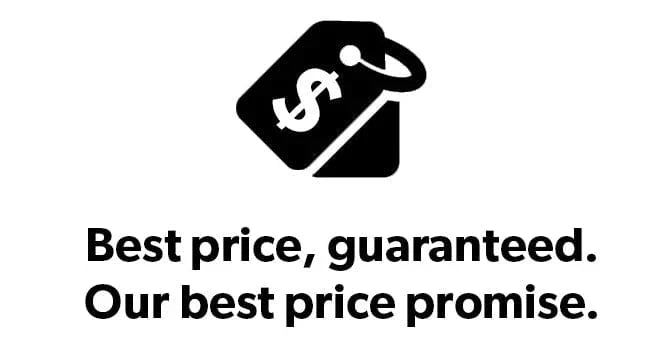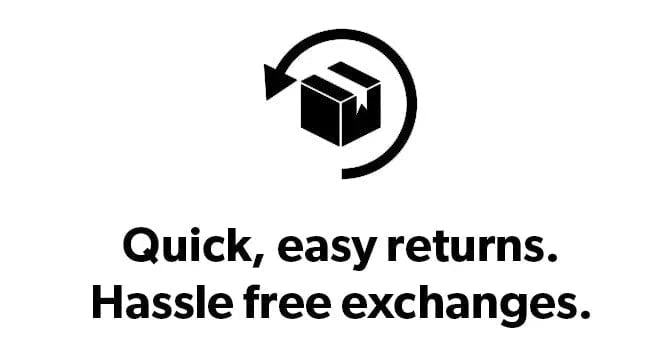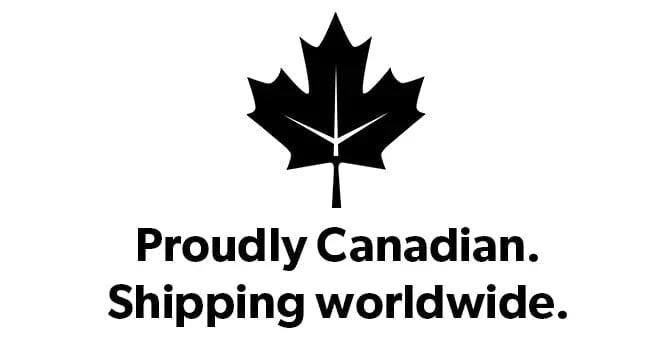
CCM Premier P2.9 Senior Goalie Leg Pads
- 0 left in stock
Free Shipping Over $200

Fast Easy Returns

Best Price Promise

Shipping Limited to Canada
Outer Flex
Single Break
Inner Flex
Pre-curved no break core
Boot Angle
60 Degree Angle
Boot Channel
Shallow Soft
Leg Channel / Calf Strap
Loose fit no calf strap
Knee Strap System
No Strap - 2" elastic knee
Knee Cradle
Recessed foam with removable knee cradle wrap
Core
Litecore Technology
Knee Raiser
3D Grip / PE Foam
Outer Flex
Single Break
Inner Flex
Pre-curved no break core
Boot Angle
60 Degree Angle
Boot Channel
Shallow Soft
Leg Channel / Calf Strap
Loose fit no calf strap
Knee Strap System
No Strap - 2" elastic knee
Knee Cradle
Recessed foam with removable knee cradle wrap
Core
Litecore Technology
Knee Raiser
3D Grip / PE Foam
| CCM Senior Leg Pad Sizing Chart | ||
|---|---|---|
| Leg Pad Size | Floor-to-Knee Measurement | |
| 32” | 18.5 – 19.5" | 47.2 – 49.7 cm |
| 33” | 19.5 – 20.5" | 49.7 – 52.3 cm |
| 34” | 20.5 – 21.5" | 52.3 – 54.8 cm |
| 35” | 21.5 – 22.5" | 54.8 – 57.4 cm |
| 36” | 22.5 – 23.5" | 57.4 – 60.0 cm |
Goalie Leg Pad Sizing
Sizing up your goalie leg pads is crucial for having total control while moving in the crease. There are two different measurements you can use to project the size of leg pad you should be wearing. The first one is your floor-to-knee measurement, which you can match up with our provided sizing charts to find the size of pad you would wear, before plus sizing. The second is the sum of your skate size, mid-ankle-to-mid-knee measurement, and your mid-knee-to-mid-thigh measurement. This measurement gives you a rough idea of what overall size pad you should purchase.
Sizing before Purchase
For measuring your floor-to-knee:
- 1. In your bare feet, place the beginning of your soft measuring tape at the inside of the bottom of your foot.
2. Slightly bend your knee.
3. Run the soft measuring tape up your shin, to the middle of your knee.
4. Match your floor-to-knee measurement with our provided sizing charts.
Skate size + mid-ankle-to-mid-knee + mid-knee-to-mid-thigh
- 1. Take your skate size (for example, size 10).
2. Start your soft measuring tape at the inside of your mid-ankle, and run it up to your mid-knee (for example, 18 inches).
3. Now, from your mid-knee, run your soft measuring tape to your mid-thigh (for example, 7 inches).
4. Add your measurements together (10 + 18 + 7 = 35 inches).
5. This means you should be looking into a 35” pad, give or take.
It should be noted that these measurements line you up for an accurate fit, and not a fit that is intended for growing room. Also, different brands size differently, meaning a 35” pad in one can be a 34” or 36” in another.
Sizing after Purchase
Once you have your new leg pads, you’ll need to make sure they fit you properly. To do so, you’ll need to put the pads on with your skates, as if you are about to go on the ice. There a couple things to do to check size, once you have the pads on:
- 1. Stand straight, bring your feet together. This will show you the overall height of the pad, while on. Your pads should not, in any case, surpass your hips. Realistically, you want the top of your pad coming up to half-way point of your thighs. A pad fitted for growing room will be a little taller, so a little above the half-way point is normal. In any case, your preferences can alter these suggestions.
2. Secondly, go in your stance, keep your hands in a ready position, and drop to your butterfly. Without moving your legs to correct your butterfly, bring your heels together. This is where you assess your knee position. For a perfect fit, you want the middle of your knee to sit directly on the centre of the knee stack. If you’re looking for growing room, you want the middle of your knee to land roughly 1.5” below the centre of the knee stack—1” for junior.
Additional Information
Not getting a complete seal while in your butterfly?
- If you are having trouble getting a full seal in your new pads, it may be the way you’re strapping them up. If this is the case for you, make sure your boot strap and top (above knee) straps are loosened up a bit. The reason you want these straps loose is because they have a direct effect on the rotation of the pad. Therefore, having a loose boot strap makes it easy for your foot and ankle to rotate as the pad moves; same goes for the top straps, as you do not want them pulling down too hard on the thigh rise.






